The first scientific voyage of R/V New Ocean Researcher 3 (NOR-3) with five state-of-the-art instruments to explore the ocean
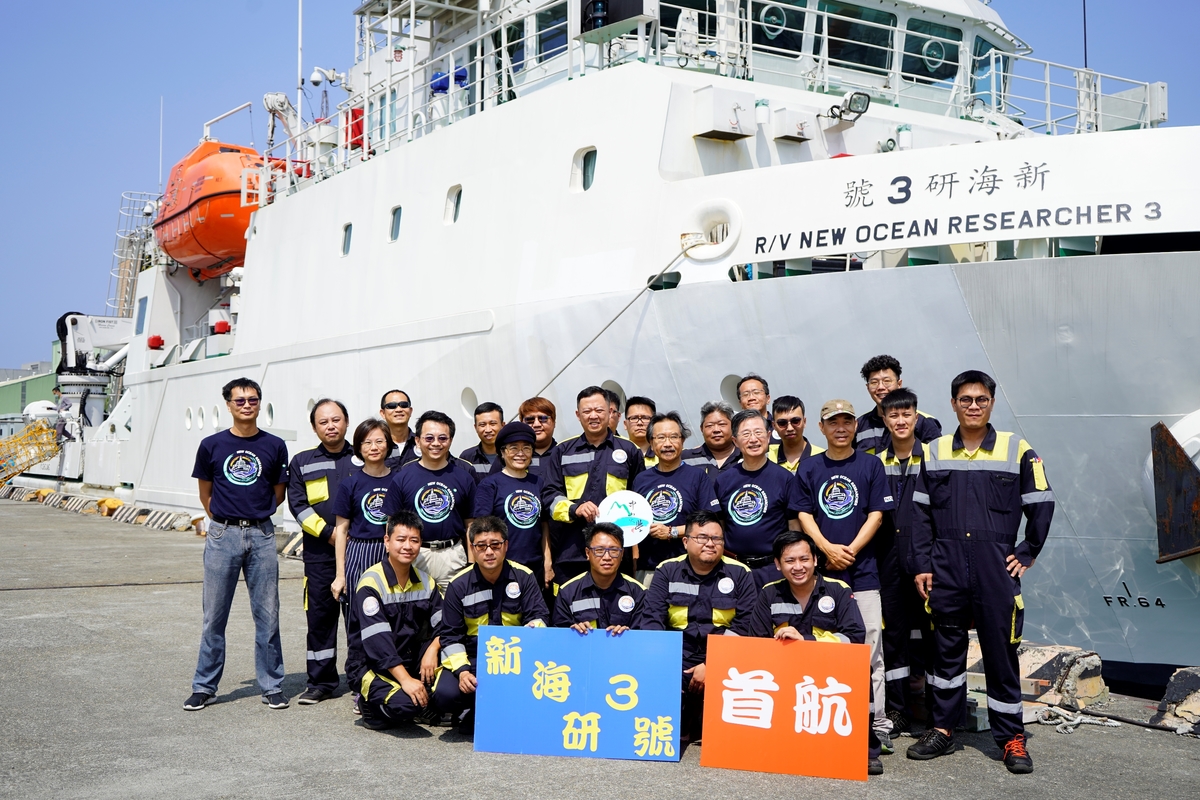
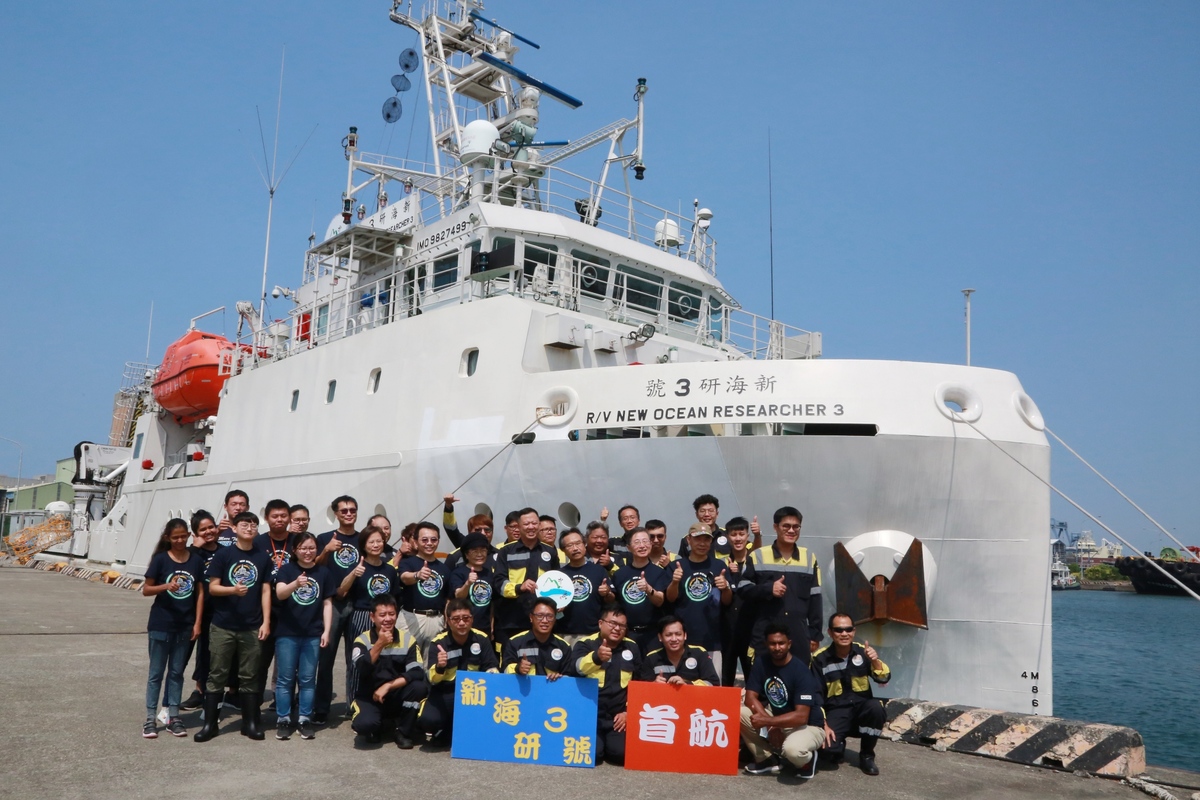
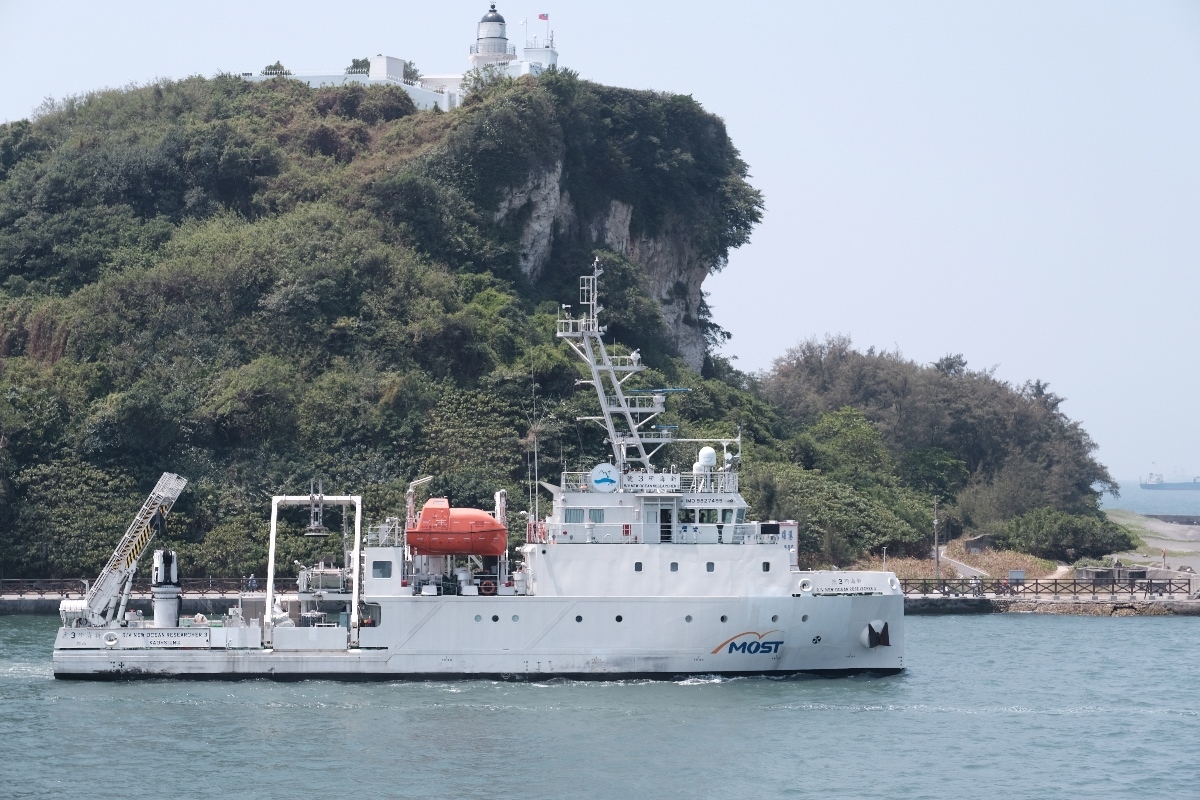
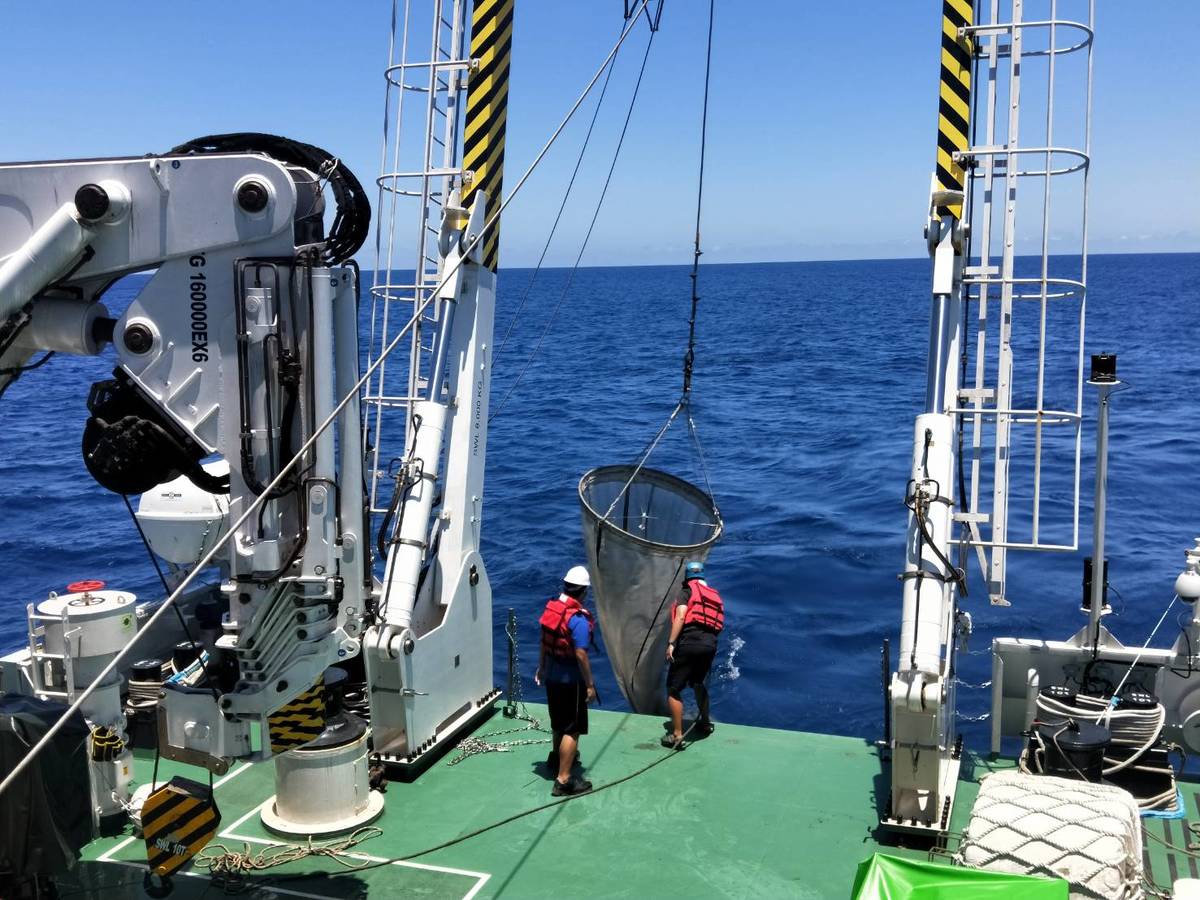
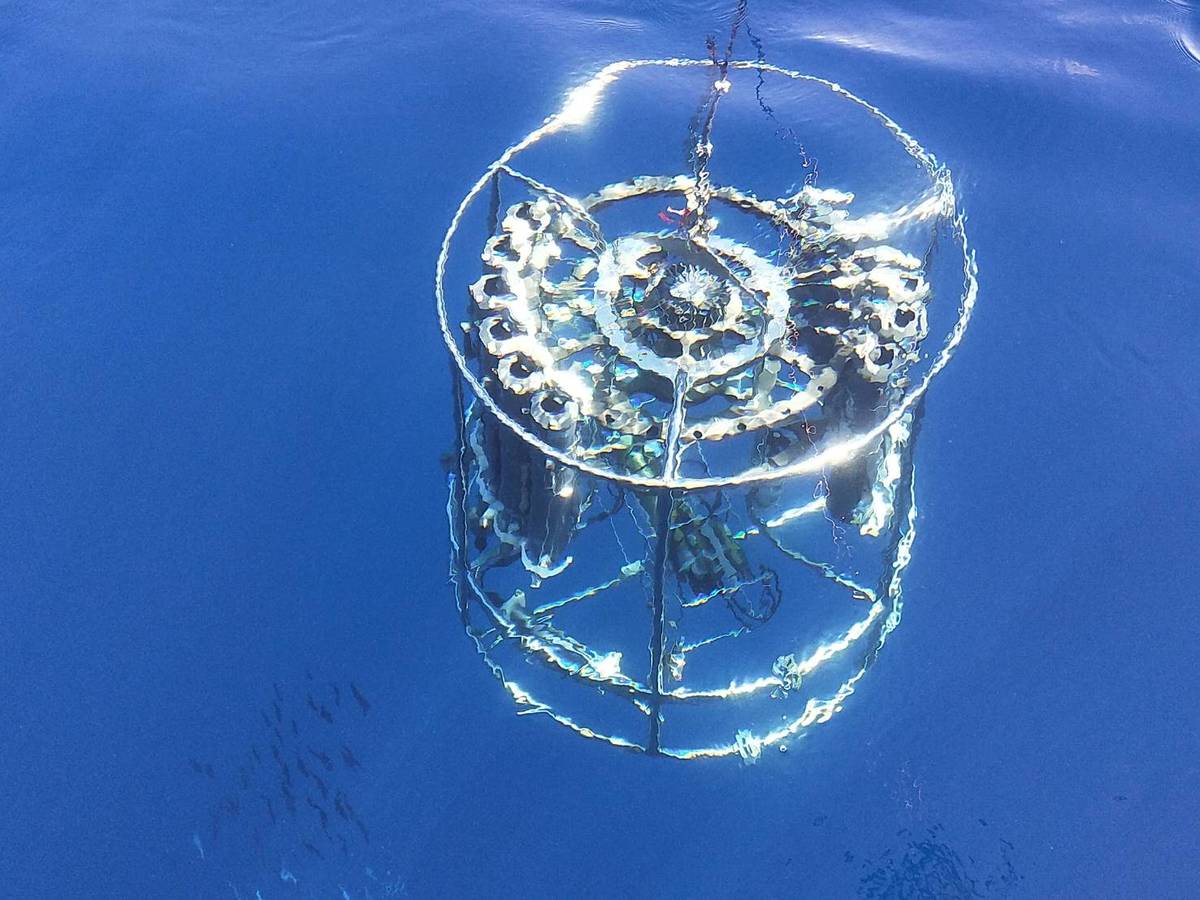
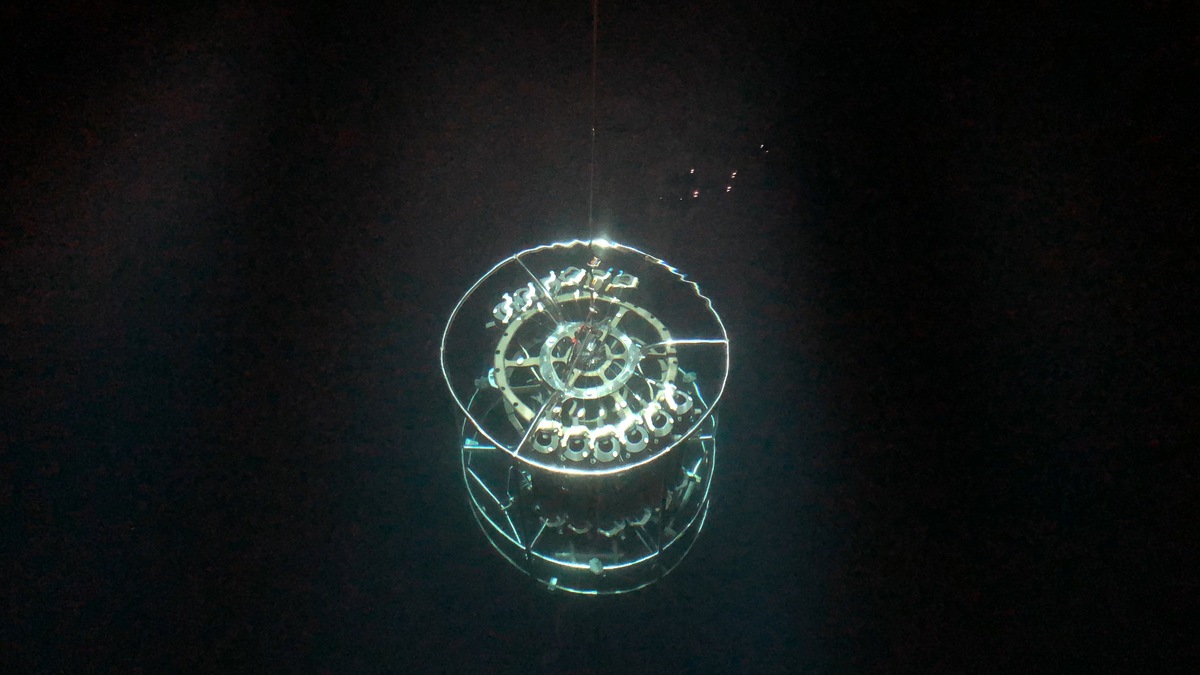
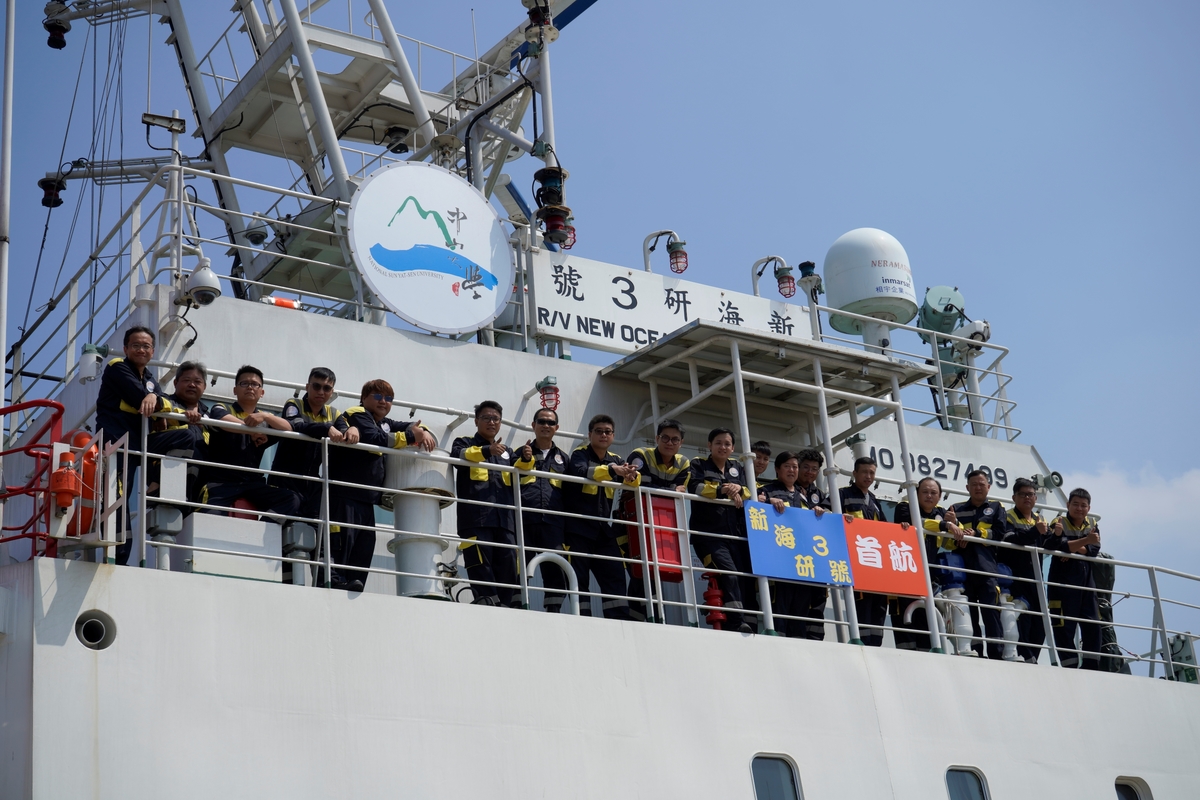
R/V New Ocean Researcher 3 (R/V NOR-3), provided to National Sun Yat-sen University by the Ministry of Science and Technology, embarked on its first scientific voyage! The first voyage of the vessel was led by Prof. Chin-Chang Hung, Vice Dean of the College of Marine Sciences, NSYSU. The vessel departed from Cijin Island, Kaohsiung, and sailed across the northern part of the South China Sea to work in a variety of fields, such as marine carbon cycling, and impacts of marine microplastic and environmental changes on marine organisms. R/V NOR-3 is equipped with five state-of-the-art instruments, including dynamic positioning system (DP), ultra-short baseline equipment (USBL), multibeam echosounder, k-sync, and a sub-bottom profiler, which will help the NSYSU team to uncover treasures hidden beneath the deep waters.
Many visitors came to the Cijin pier to witness the departure of R/V NOR-3, including the Dean of the College of Marine Sciences, Prof. Hsien-Hua Lee, Chairperson of the Department of Oceanography Prof. Meng-Hsien Chen, Chairperson Department of Marine Biotechnology and Resources Prof. Chih-Chuang Liaw, Chairperson of the Department of Marine Environment and Engineering Prof. Shiahn-Wern Shyue, Secretary-General of R/V NOR-3 Associate Prof. Yuan-Pin Chang of the Department of Oceanography, and other teachers and students engaged in marine research. The vessel departed from the port at the sound of the whistle, in an atmosphere of excitement and with visitors waving goodbye.
Prof. Hung said, that one of the most important tasks during the first scientific voyage of R/V NOR-3 is to study the influence of typhoons on the marine food chain in oligotrophic waters of the South China Sea. He pointed out that the regions affected by typhoons are between 1000 m and several thousand meters deep where the concentration of phytoplankton is very low due to seawater stratification caused by rising temperatures in the summer because nutrients are difficult to be transported to the surface waters from the sub-surface layer. Previous studies of typhoon-induced phytoplankton blooms have been based on satellite remote images, but it is hard to see any activity of marine organisms below the optical depth. “The new dynamic positioning system onboard allows us to maintain a stable position of the vessel on the sea surface and precisely collect samples. This equipment is very advanced”. The team expects to bring back fruitful research results.
The destination of this scientific voyage is located in the northern part of the South China Sea, 150 nautical miles away from Kaohsiung, said Prof. Hung. The purpose of the research is to analyze in situ carbon uptake by marine organisms during the non-typhoon season for further research on the marine carbon cycle. He emphasized that previously, because of limited equipment on board and functions of the research vessel, the typhoon research was restricted to the depth of 200 m in the areas far away from the coastline. “Now, with the R/V NOR-3, we can research deeper waters”.
“The first voyage of the ocean research vessel of National Sun Yat-sen University is a grand and joyful event for the teachers and students”, said Dean Prof. Lee. R/V NOR-3 is an 800-ton research ship with many innovative instruments with multiple functions more than the previous R/V OR-3. The University will make research platforms to conduct surveys on marine resources such as wind power, ocean currents, Kuroshio Current power generation, gas hydrate exploration, marine carbon cycle, geologic hazards, the impacts of global warming, and environmental changes on the marine ecosystem and fishery resources. The new vessel will strengthen the research capacity of the University in the field of marine sciences.
Many visitors came to the Cijin pier to witness the departure of R/V NOR-3, including the Dean of the College of Marine Sciences, Prof. Hsien-Hua Lee, Chairperson of the Department of Oceanography Prof. Meng-Hsien Chen, Chairperson Department of Marine Biotechnology and Resources Prof. Chih-Chuang Liaw, Chairperson of the Department of Marine Environment and Engineering Prof. Shiahn-Wern Shyue, Secretary-General of R/V NOR-3 Associate Prof. Yuan-Pin Chang of the Department of Oceanography, and other teachers and students engaged in marine research. The vessel departed from the port at the sound of the whistle, in an atmosphere of excitement and with visitors waving goodbye.
Prof. Hung said, that one of the most important tasks during the first scientific voyage of R/V NOR-3 is to study the influence of typhoons on the marine food chain in oligotrophic waters of the South China Sea. He pointed out that the regions affected by typhoons are between 1000 m and several thousand meters deep where the concentration of phytoplankton is very low due to seawater stratification caused by rising temperatures in the summer because nutrients are difficult to be transported to the surface waters from the sub-surface layer. Previous studies of typhoon-induced phytoplankton blooms have been based on satellite remote images, but it is hard to see any activity of marine organisms below the optical depth. “The new dynamic positioning system onboard allows us to maintain a stable position of the vessel on the sea surface and precisely collect samples. This equipment is very advanced”. The team expects to bring back fruitful research results.
The destination of this scientific voyage is located in the northern part of the South China Sea, 150 nautical miles away from Kaohsiung, said Prof. Hung. The purpose of the research is to analyze in situ carbon uptake by marine organisms during the non-typhoon season for further research on the marine carbon cycle. He emphasized that previously, because of limited equipment on board and functions of the research vessel, the typhoon research was restricted to the depth of 200 m in the areas far away from the coastline. “Now, with the R/V NOR-3, we can research deeper waters”.
“The first voyage of the ocean research vessel of National Sun Yat-sen University is a grand and joyful event for the teachers and students”, said Dean Prof. Lee. R/V NOR-3 is an 800-ton research ship with many innovative instruments with multiple functions more than the previous R/V OR-3. The University will make research platforms to conduct surveys on marine resources such as wind power, ocean currents, Kuroshio Current power generation, gas hydrate exploration, marine carbon cycle, geologic hazards, the impacts of global warming, and environmental changes on the marine ecosystem and fishery resources. The new vessel will strengthen the research capacity of the University in the field of marine sciences.
Click Num:
Share
